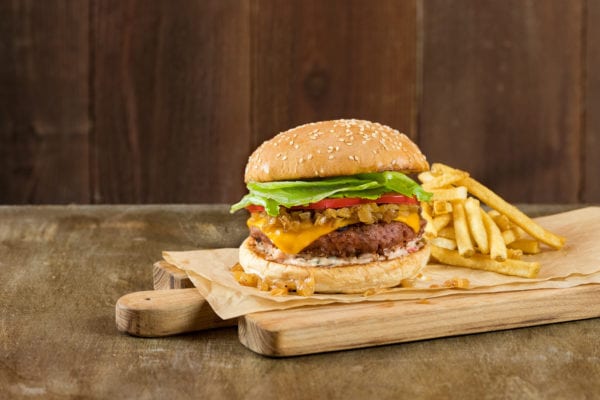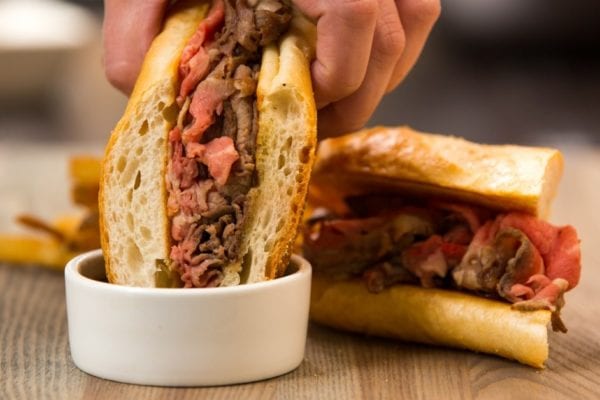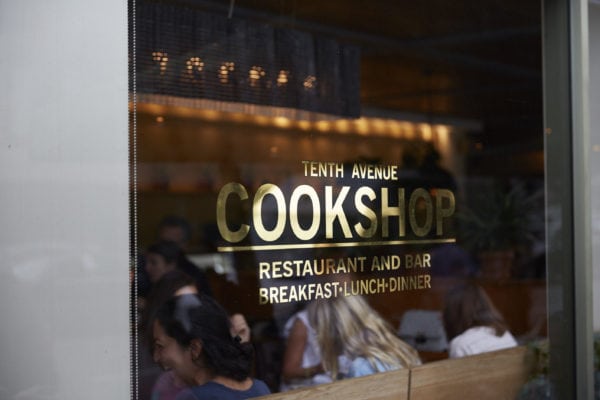Skift Take
Worldwide demand for avocados has exploded. Good news, then, that next season should be a great one for avocados.
— Kristen Hawley
(Bloomberg) — Americans’ obsession with avocados sent prices to a record, but there’s good news for guacamole fans: relief could be on the horizon.
A confluence of factors drove the wholesale cost of Hass avocados from Mexico, the biggest supplier to the U.S., to more than double this year. U.S. consumers are eating more of the green stuff than ever before, and growers in Mexico and California were struggling to keep up with demand amid dry weather. But the tightness could start to ease next year as trees enter the higher-yielding half of a two-year cycle.
There are already signs of a reprieve. The wholesale cost has dropped more than 6 percent from a record reached earlier in July. At Chipotle Mexican Grill Inc., while higher prices for the fruit eroded earnings earlier this year, higher-than-expected supplies from Mexico this month means the gains have started to ease, Chief Financial Officer John Hartung said on an earnings call this week. Still, with a whopping 6.3 million uses of the hashtag #Avocado on Instagram, it doesn’t look like demand is going to slow down anytime soon.
“Prices in the foreseeable future will stabilize a little, and you won’t see a sharp incline,” said Robert Bonghi, the Suwanee, Georgia-based director of procurement and pricing at the Produce Alliance, which provides fresh food to food-service clients. “Growers are trying to put more trees in the ground to keep up,” but “you’re not going to see 10 avocados for a dollar,” he said.
Prices Dip
The cost of Hass avocados imported from the state of Michoacan, Mexico’s largest producer, has fallen this month since reaching the highest in government data that goes back 19 years. The price of a 10-kilogram (22-pound) box surged 140 percent this year to 600 pesos ($34.02), slightly down from the peak of 640 pesos on July 12. In the grocery store, that translates to $1.51 per Hass avocado, up 40 percent from a year ago, U.S. Department of Agriculture data show.
The gains came amid a seeming insatiable appetite for the fruit. Americans on average ate about 7.1 pounds of avocados each in the 2015-2016 season, the latest figures from the USDA show. That’s more than double the consumption a decade earlier.
“Avocados have really become very popular, and the diversity of usage plays into that,” Jan DeLyser, the California Avocado Commission’s vice president of marketing, said in a telephone interview.
The rise of the avocado didn’t happen all at once, DeLyser said. As health officials raved about the fruit’s benefits, growers developed year-round production and the product also started becoming a grocery-store staple. Today, smartphone cameras and social media platforms such as Pinterest are adding to the demand because of the fruit’s trendy nature, she said.
Slightly Toasted
That seems to be the case at Slightly Toasted in Chicago, an all-day cafe and bar that specializes in toast. The restaurant fills between 50 and 100 orders daily of oat-porridge toast topped with avocado, pickled shallots, feta, radish and a poached egg, all for $7, said John Chesney, a partner at the restaurant.
There’s also increased global competition for supplies, said Bonghi of the Produce Alliance.
“The global market virtually exploded overnight” as European and Chinese consumers joined in on the trend, Bonghi said. Wholesale avocado prices in France rose 23 percent in the first five months of the year, and Amsterdam is home to The Avocado Show, a restaurant that features the fruit on virtually every menu item, including an avocado sorbet.
Recently, output from Mexico has become “stable,” the Produce Alliance said in a July 20 report. Seasonally, end users are shifting from California supplies to fruit from Mexico, and that’s also helping to ease supply tightness, Chipotle’s Hartung said. The U.S. imports more than half of its supply from Mexico, data from the Mission Viejo, California-based Hass Avocado Board show.
Growing Cycle
The natural growing cycle will also help add to production. Avocado trees are alternate-bearing, producing larger crops one year and smaller one the next. 2018 is set to be a big crop season.
Rains this winter also meant improved crop conditions for third-generation avocado grower Rick Shade, who farms 600 acres near Carpenteria, California. Avocados hang on the tree for 12 to 14 months before reaping, and the 2018 crop that’s already on the trees is shaping up to be a much better after the precipitation, he said.
More fruit at the next harvest could mean easing price pressure, but Shade doesn’t see demand or popularity wavering in the meantime.
“It just seems like there’s a really good vibe around avocados,” Shade said. “I’d hate to be the wheat farmer who produced the wheat for the bread underneath, because no one’s talking about him. Everyone’s talking about my avocado on top.”
©2017 Bloomberg L.P.
This article was written by Sydney Maki from Bloomberg and was legally licensed through the NewsCred publisher network. Please direct all licensing questions to [email protected].
![]()




